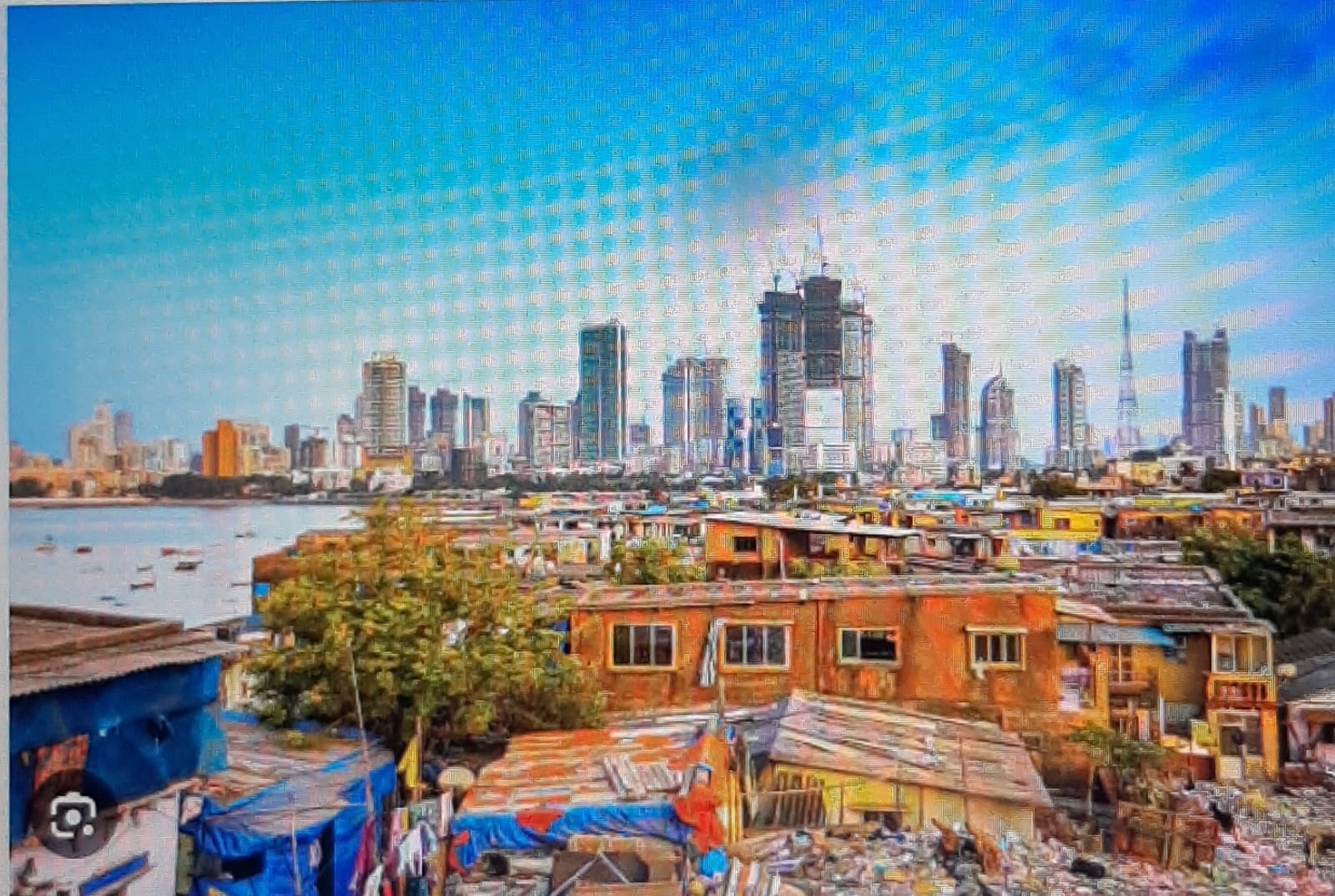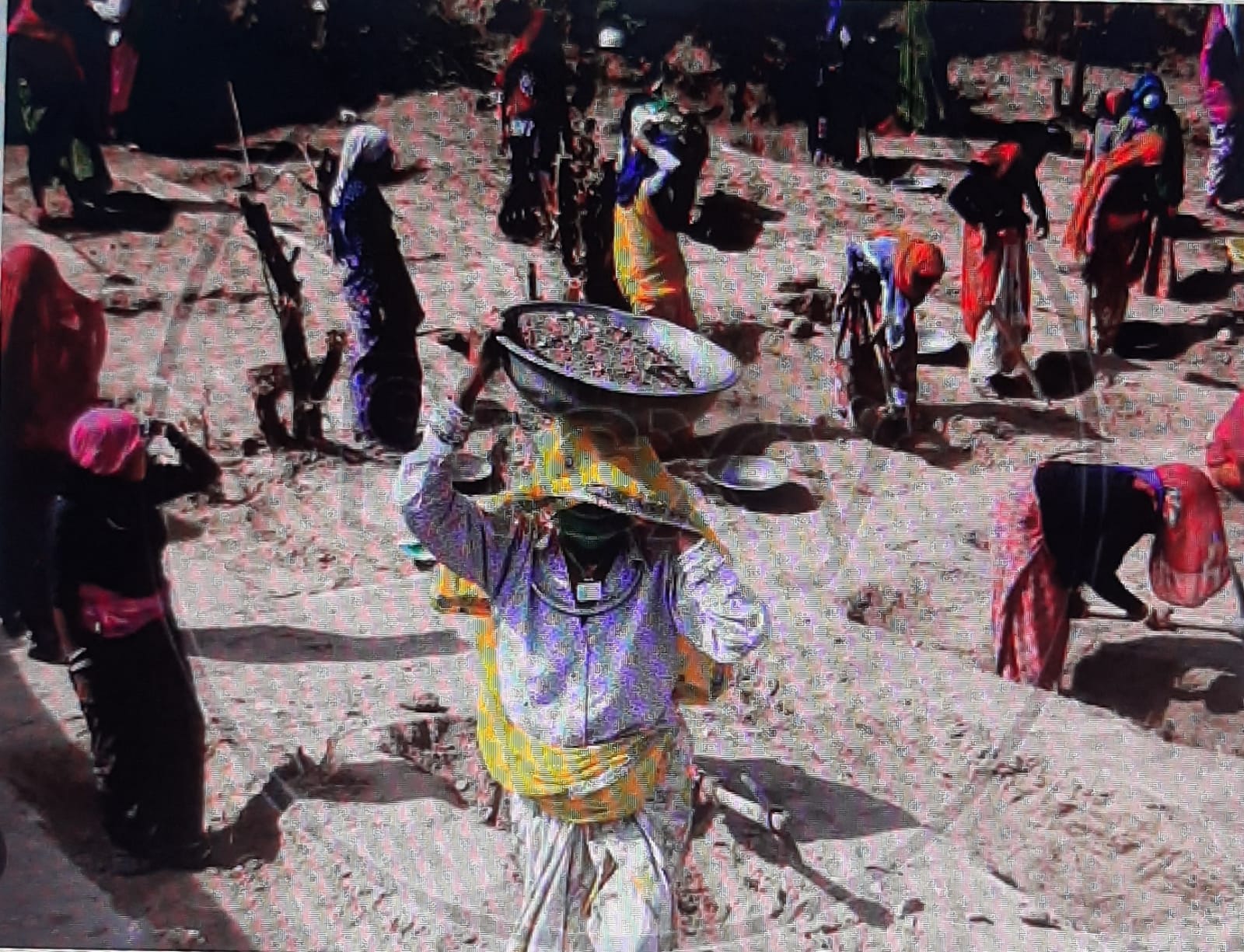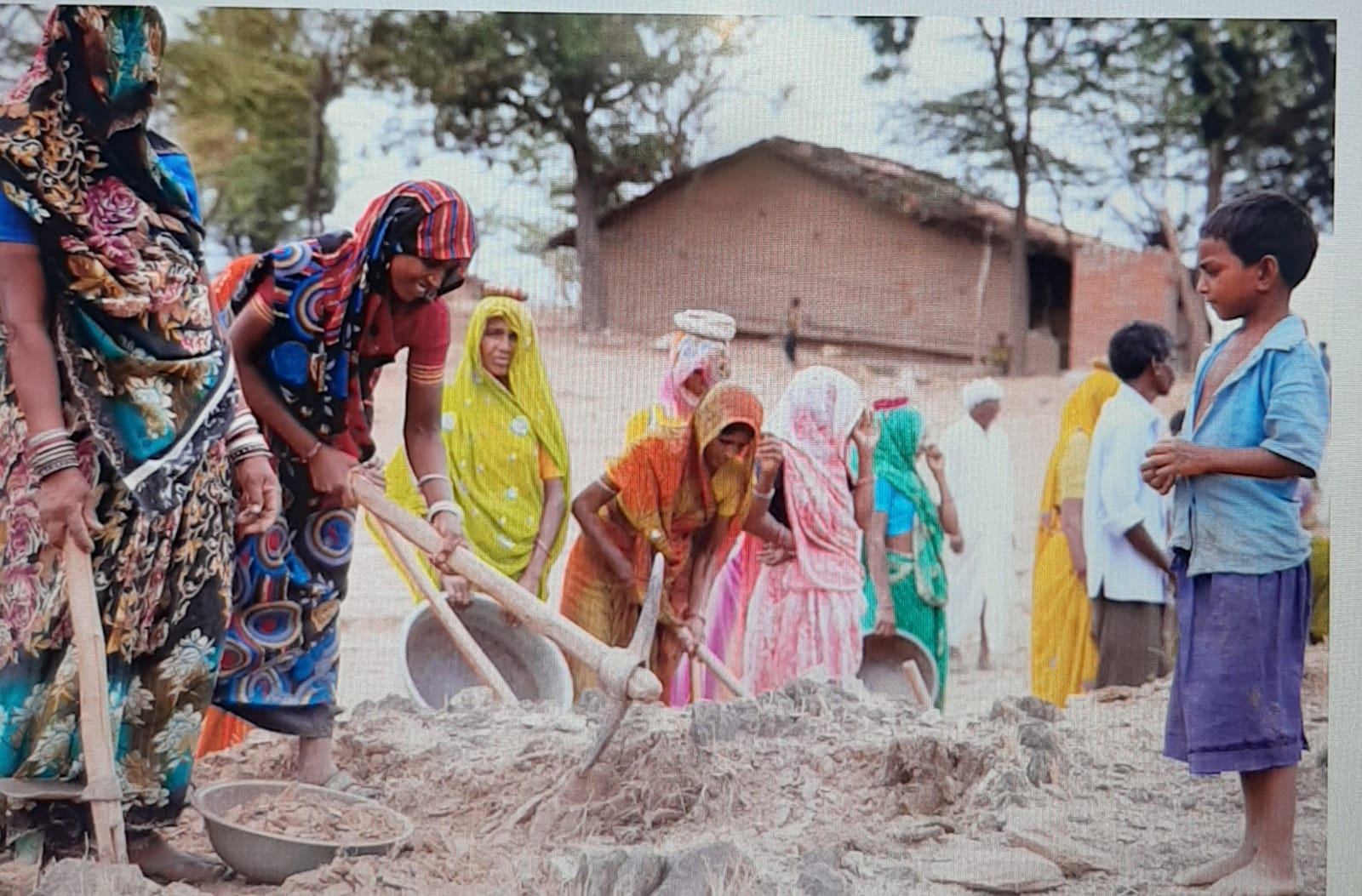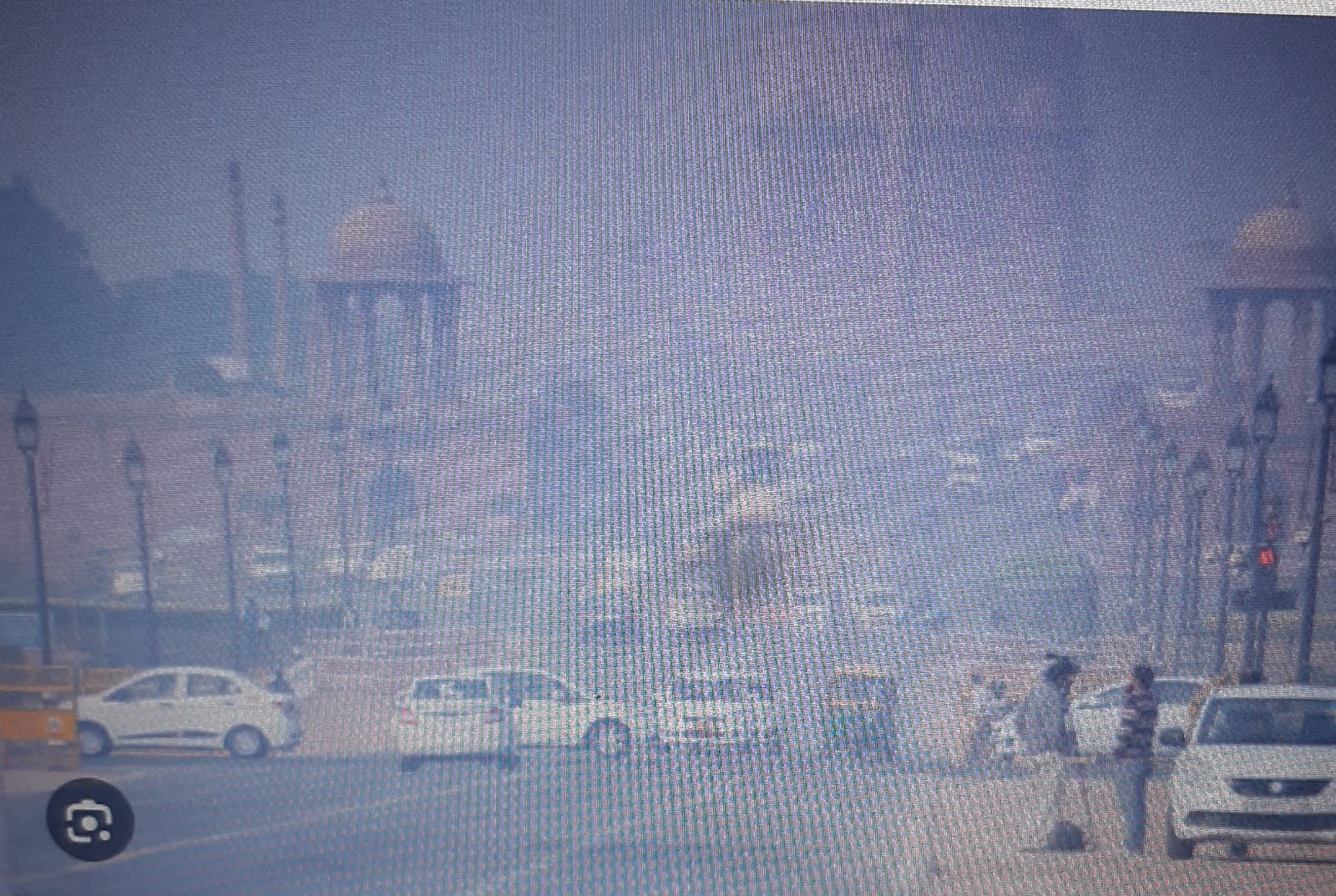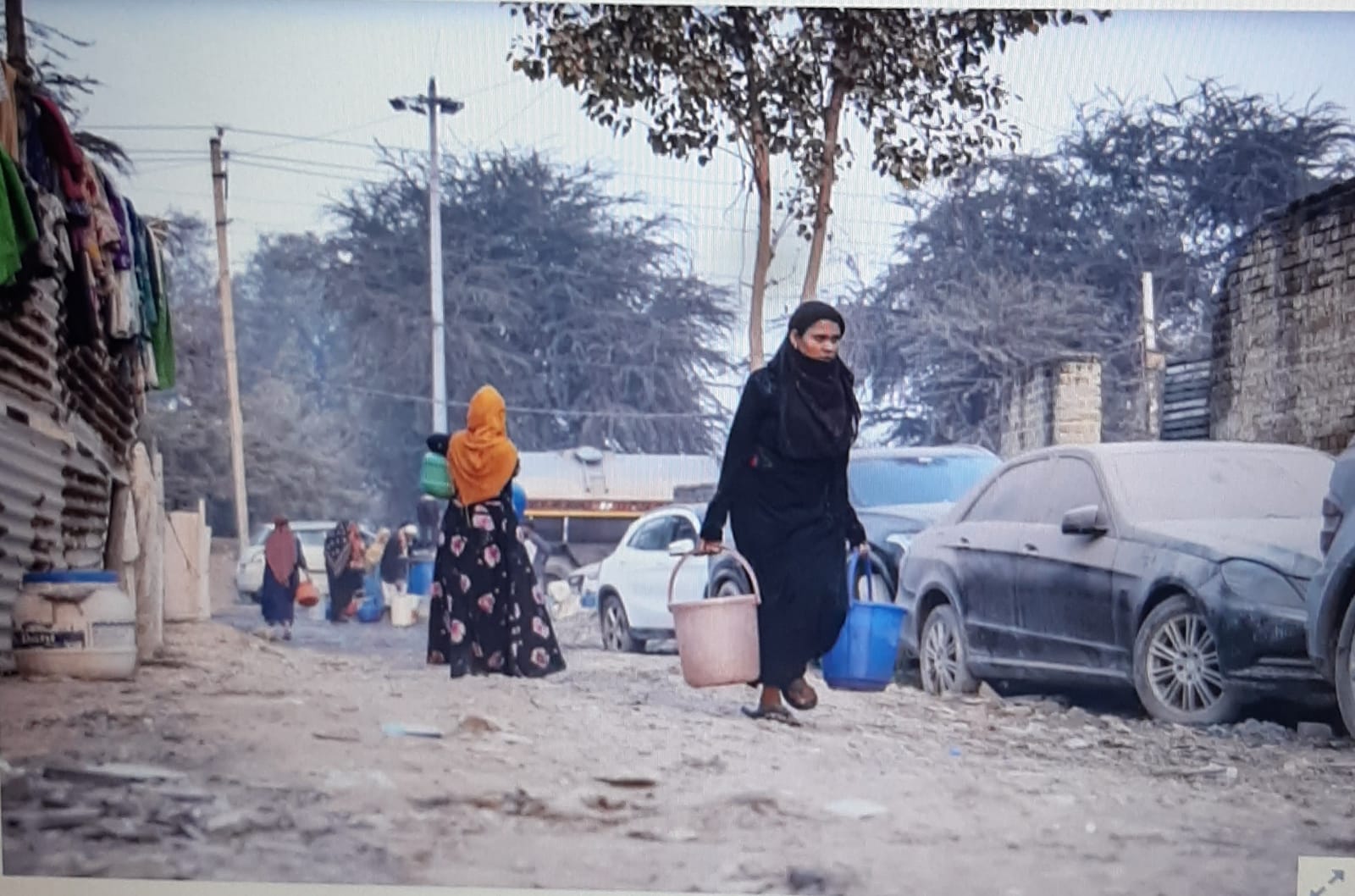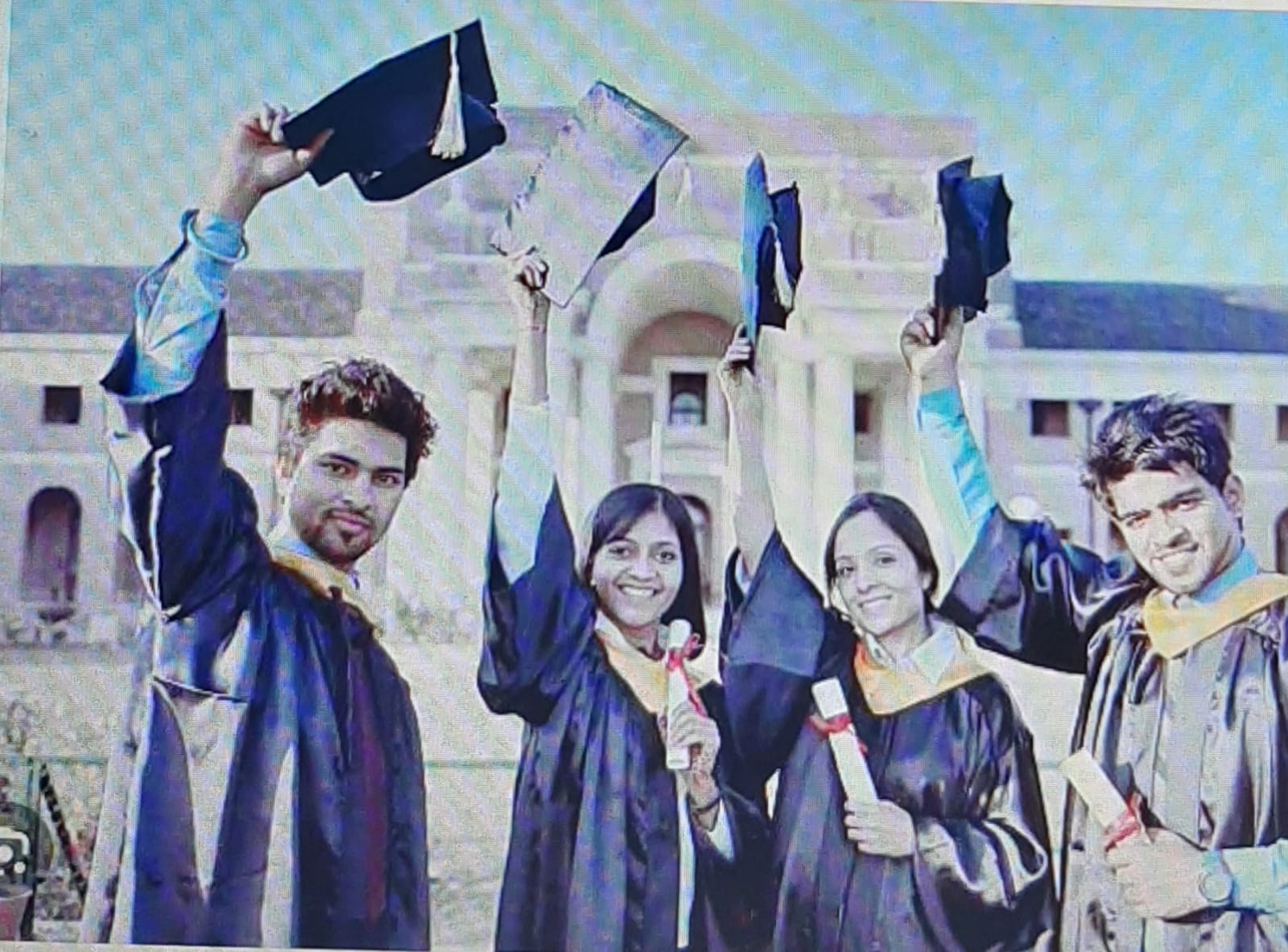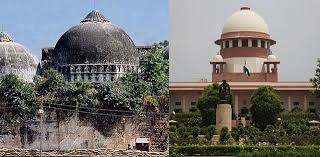
M Hasan
Lucknow, May 26: The newly appointed Prime Minister Narendra Modi’s call for carrying the Muslim minority together is unlikely to be materialised without satisfactory resolution to the Ayodhya Temple issue, which is a festering sore in the body politic of the country. The simmering Hindu discontent over impediments in the construction of the Ram temple over the decades has massively contributed to the widespread hate against Muslims and the process is still aggressively continuing. Other issues have just added to this problem.
Imagine at least 5000 Hindu pilgrims, passing through completely iron caged two-feet wide and long serpentine pathway to reach the “makeshift temple” every day, have been presumably turning hostile against Muslims for the last 25 years. On an average 4000 to 6000 pilgrims visit the highly guarded site every day and numbers go up four to five lakh on special religious occasions.
During my recent election tour of Ayodhya I could guess visible anger and discontent on the faces of these pilgrims coming from all over the country. There is immense hardship in reaching the core spot. They donot carry tale of happiness of visiting “Ram Lala”, but of hatred against the Muslim community for not helping in the construction of the temple, which the BJP has successfully tapped in their respective constituencies. It is this Hindu “rigging of mind” which presumably AIMIM chief Asaduddin Owaisi has indicated after national debacle of non-BJP parties.
“If West Bengal is turning saffron, the visit of large number of Bengali Hindus to Ayohdya everyday has contributed significantly”, commented a senior officer in Faizabad. The situation is similar elsewhere also. The process will continue if there is no solution to the issue. It is here the Supreme Court has intelligently provided an opportunity to the stakeholders in Muslim community to bury the issue for the larger betterment of the besieged community. The apex court appointed three-member mediation committee has been negotiating with the concerned parties, in which the Muslim participants could get rid of the vexed issue with a constitutional/parliamentary guarantee of maintaining pre-1947 status of other religious places including Mathura and Kashi. After visiting the site and looking around adjoining acquired area one could easily veer round to the view that the belief of reconstruction of Babri Majid is just foolhardy. There is no possibility at all. Thus the Muslim stakeholders should come to the grips in the larger interest of the community.
If the Muslim world could agitate over the prevailing situation of Al-Aqsa Mosque in Jerusalem and vow for its liberation or the Shia Muslim community could take oath for the reconstruction of demolished shrines in Jannatul Baqi in Medina (Saudi Arabia) then Hindu community’s approach to Ayodhya should also be seen in the same context. Let it be very clear that I am no votary of BJP or Sangh Parivar ideology and firmly opposed to the communal politics in any form but after visiting the site I have come to the firm conclusion that Muslim community’s fight for a small piece of land is unfortunately directionless and has harmed it irreparably over the decades and finally pushed it to such a pass. Muslims should extricate from it as soon as possible.
(The writer is Editor-in-Chief, Urban Mirror, urbanmirror.in, and former Chief of Bureau Hindustan Times, Lucknow)


